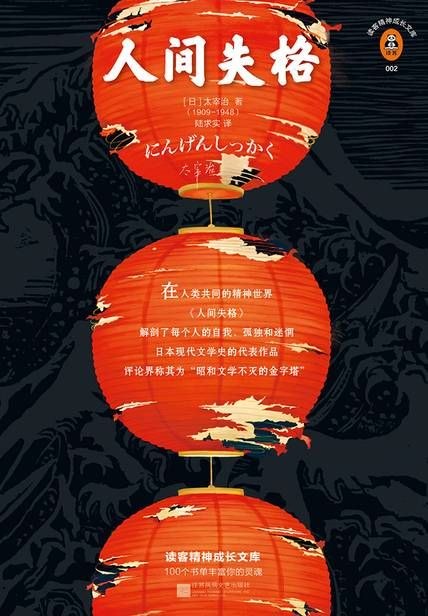
《诉讼有方:年轻律师修炼手册(第二版)》年轻律师修炼手册第二版:接案必看,了解民法法律基础、请求权和抗辩事由!
1
0

全民健身操 2023-06-12 18:24:26
When taking on a case, it is important to ask the client what questions need to be answered and what materials they need to prepare in order to improve efficiency. How can we handle all the necessary inquiries and materials during the first conversation to save time? I needed a practical and easy-to-use answer, so I consulted books such as Liang Huixings "General Principles of Civil Law," Li Jianweis "Special Lectures," and "Litigation Strategies."
Firstly, I read about the "Concept and Structure of Civil Legal Facts" and quickly gained insights. For example, when dealing with a loan contract, we need evidence of the contracts formation, modification, or termination, as well as the relevant information of both parties involved in the dispute.
However, this conclusion does not apply to all civil litigation cases. Therefore, I consulted Li Jianwei and Liang Huixings books, only to realize that not all civil law relationships are established by "intentional agreement." There are also "statutory" civil law relationships.
Civil legal facts that give rise to civil law relationships can be categorized as "acts" or "events." When the relationship is established through a legal act (e.g., a contract or will), the relationships content is determined by the parties intentions autonomously. However, when the relationship is established through an event caused by factual conduct (e.g., tortious actions or unjustified enrichment), the relationships content is determined by the legal result.
I realized that my initial problem was to identify the facts that would establish civil legal relationships. Thus, I needed to have a clear framework of civil legal facts. I began to create a mind map of civil legal facts based on Li Jianweis more practical and straightforward style and Liang Huixings more detailed and meticulous approach. By combining the two, I developed a third mind map, as shown in the following images:
- Li Jianweis framework of civil legal facts - Liang Huixings framework of civil legal facts - A combination of the previous two frameworks
With this mind map, I obtained a roadmap for navigating the world of civil law. During initial conversations with clients, I would now request information about the facts that establish the civil law relationship from their initiation to conclusion (i.e., occurrence, modification, or termination), as well as any evidence to support their case. Civil legal facts can be further categorized as acts with intended content, acts with legal consequences, events, and status.
Moreover, I read "Case Notes and Handling Methods," the seventh chapter of "Litigation strategies," which offered me further guidance on the basis of the right to sue and how to examine whether a lawsuit based on the right to sue has merit. Additionally, I learned how to identify potential defenses the other party may raise.
According to Wang Zejian, I classified the basis of the right to sue into several categories, which can be seen in the following image:
- Order of bases for the right to sue
This allowed me to further optimize the mind map of civil legal facts and identify what bases for the right to sue apply.
Lastly, I discovered the thought process for developing defenses when examining a counterclaim, which is useful for litigators representing either the plaintiff or the defendant. This thought process is summarized in the following image:
- Thought process for developing defenses when examining a counterclaim
Overall, by applying these strategies, I cultivated the ability to recognize patterns and facilitate more efficient legal analysis and decision making.
相关推荐
萤火谷的梦想家
艾莉森•麦吉出生于1960年,是美国《纽约时报》畅销书作家,同时也是大都会州立大学创意写作课的教授。她的作品被翻译成20多种语言并出版,也曾被提名普利策奖,并获得苏斯博士奖金奖、克里斯托弗图书奖、美国 [美]艾莉森•麦吉/[美]克里斯托弗•丹尼斯/绘 2023-03-27 16:50:25鬼马女神捕1·绝密卧底(上)
腹黑凤凰vs毒舌鸡妖——蓝翎:“小姬,跟我去人界吧!”姬十四:“干吗?让人宰了我做小鸡炖蘑菇吗?”蓝翎:“不啊,让妖怪宰了你做小鸡炖蘑菇更气派。”凤凰蓝翎和鸡妖姬十四生活在无忧无虑的灵界。他们的故乡叫 郝天晓 2023-04-17 00:22:47© 2023-2025 百科书库. All Rights Reserved.












发表评价